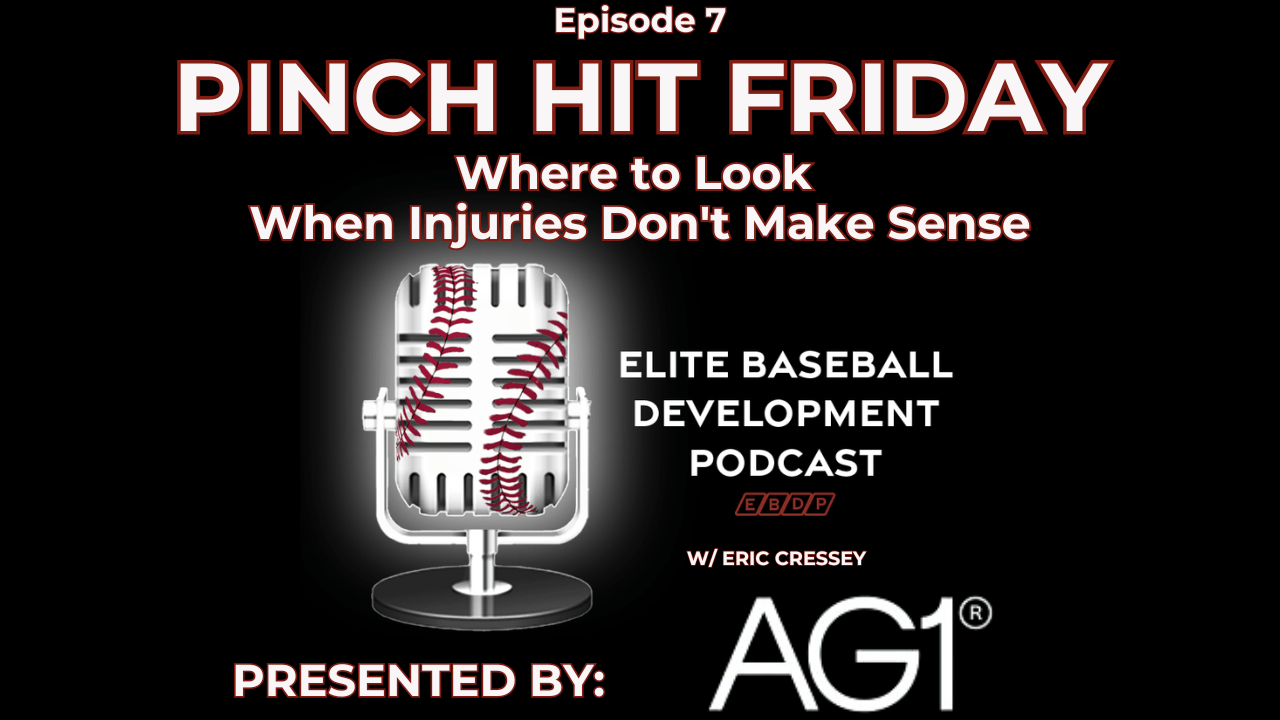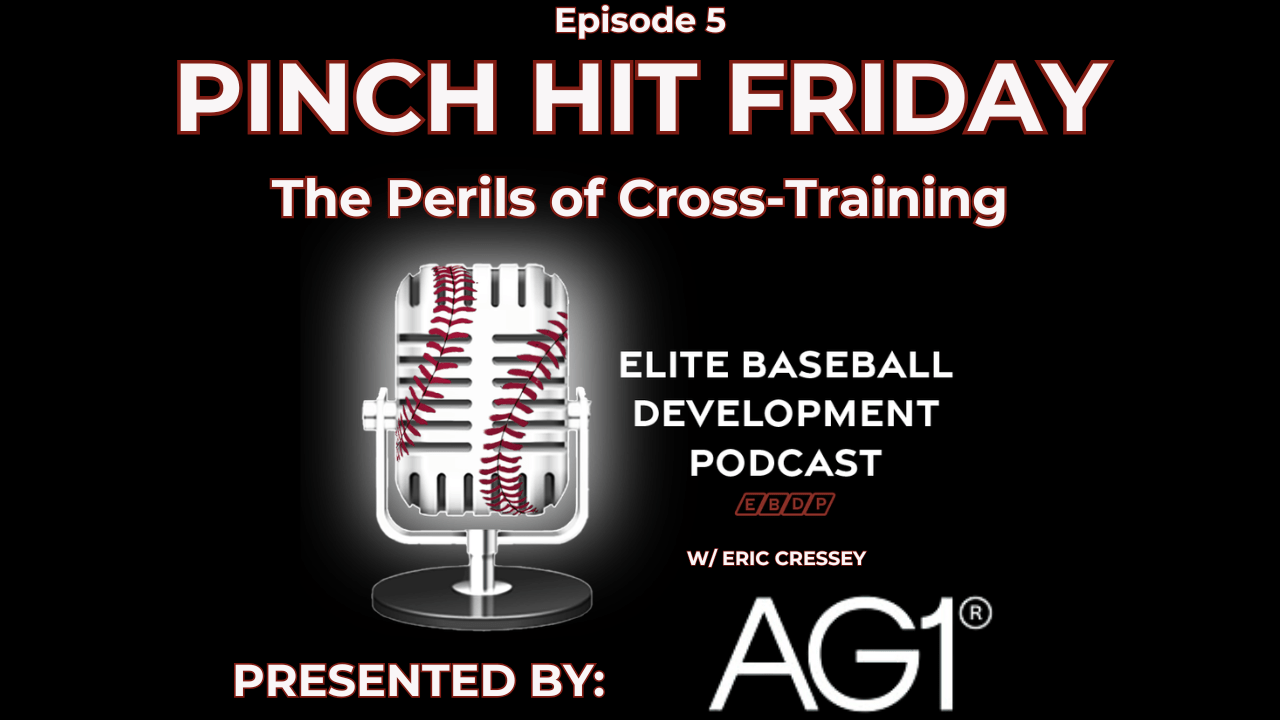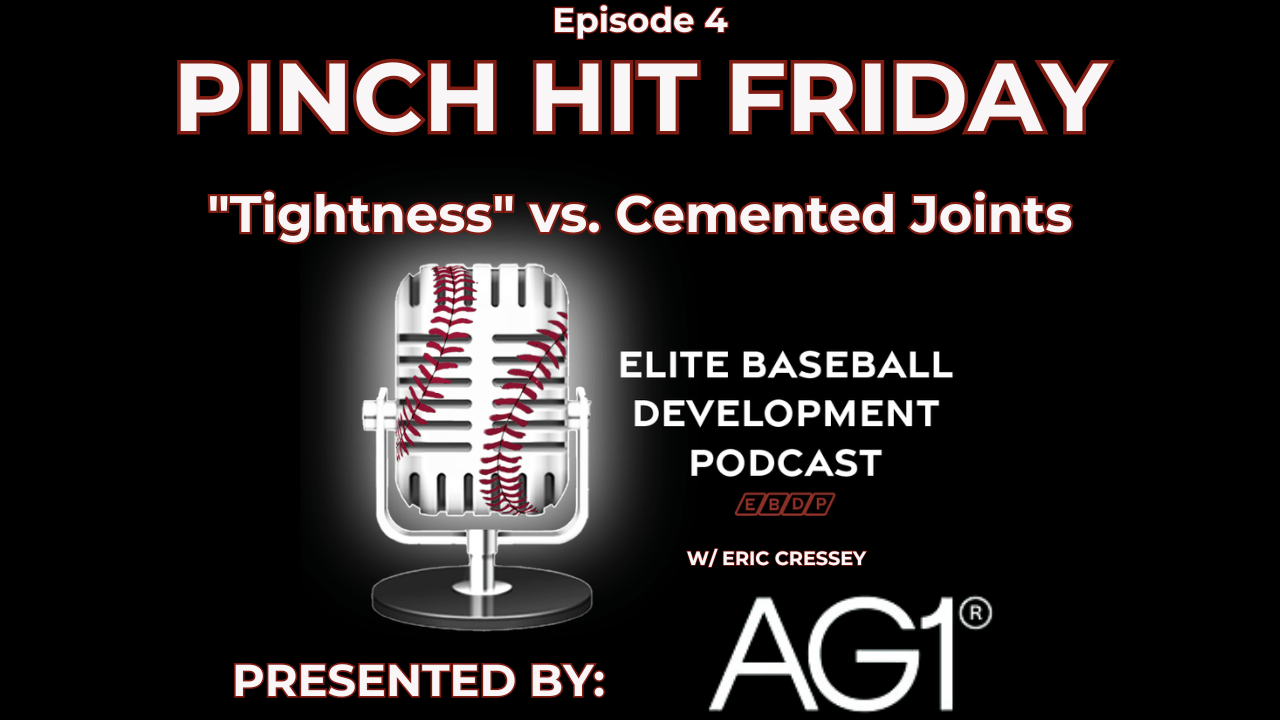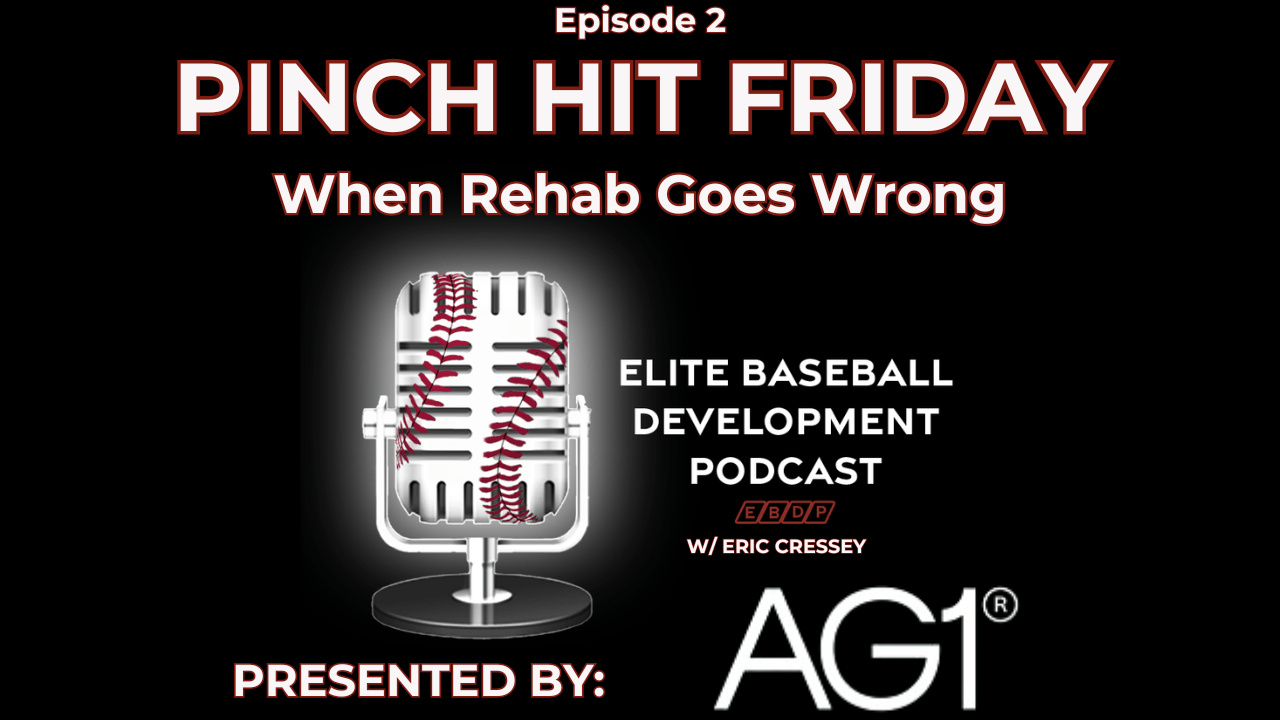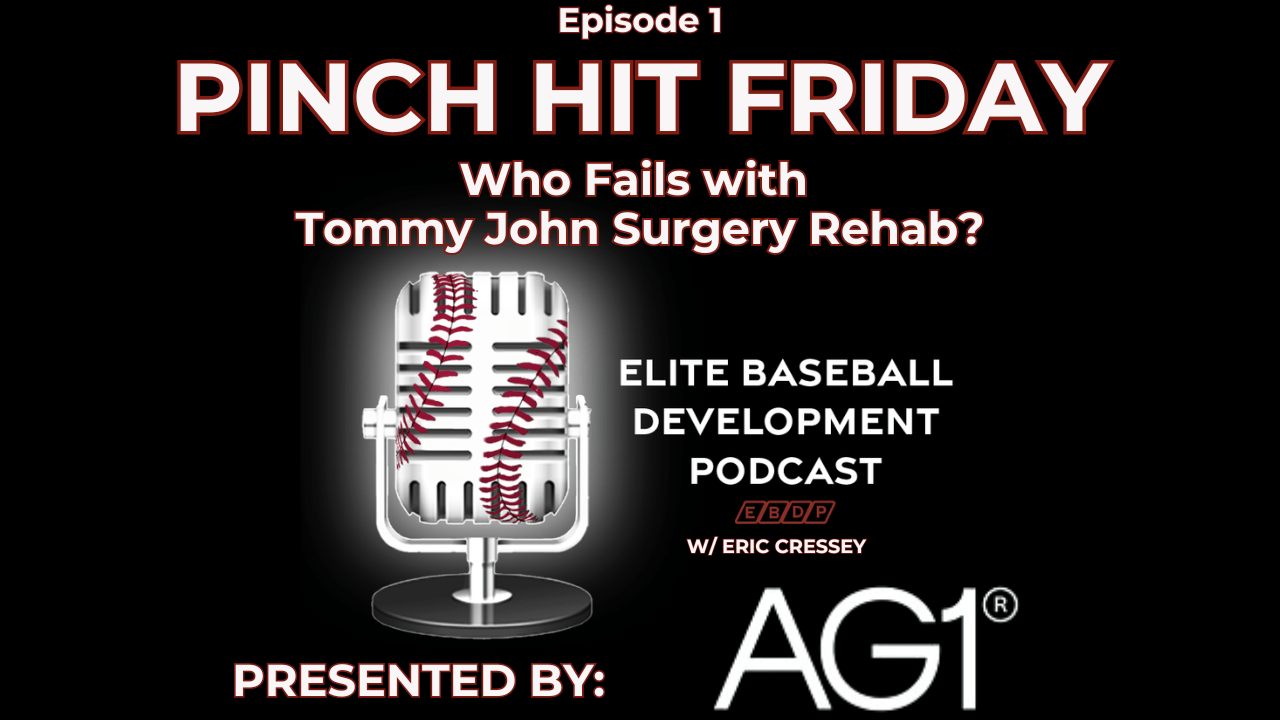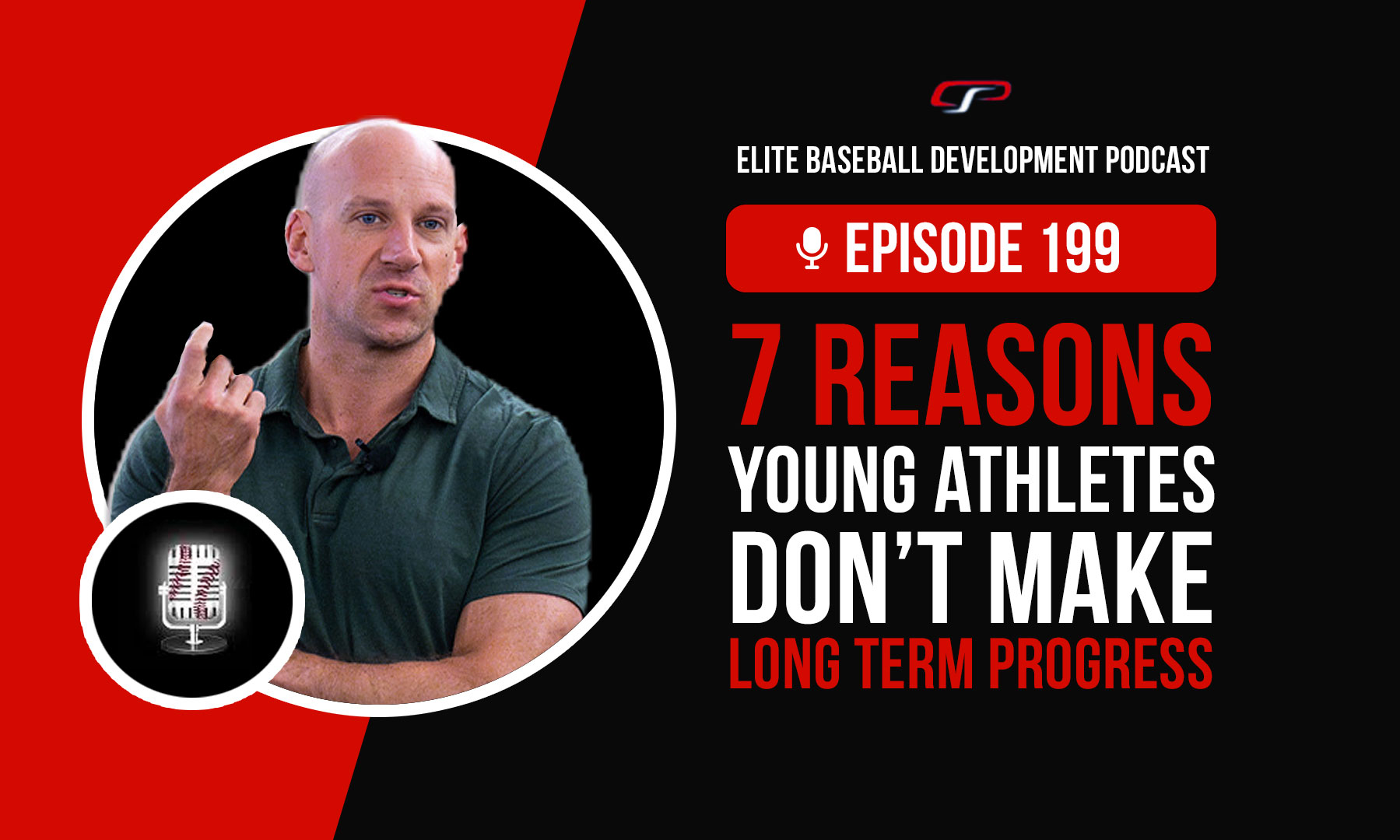This week’s Pinch Hit Friday is now available. In this episode, Cressey Sports Performance – Florida pitching coach Matt Minnick takes a quick dive into what pitchers should know […]
LEARN HOW TO DEADLIFT
This thorough deadlift technique tutorial covers the conventional, sumo, and trap bar deadlifts – as well as the common mistakes we see on all of them.


